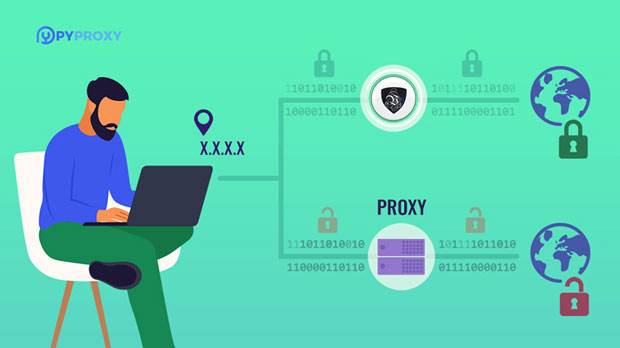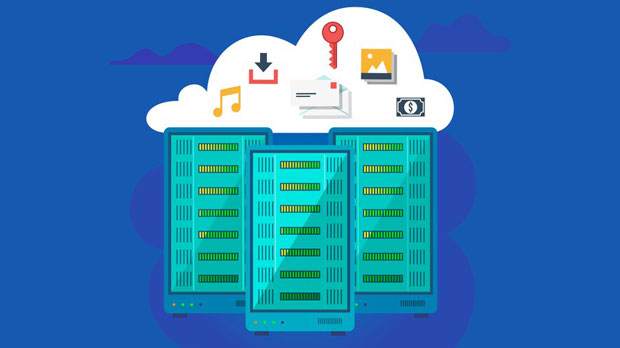sock s5 proxies have become an indispensable tool for many individuals and businesses that require anonymity, bypass geo-restrictions, and enhance their online security. The price of these proxies can fluctuate for various reasons, driven by both market dynamics and technological advancements. Understanding the key factors that influence the pricing of Socks5 proxies is crucial for customers seeking cost-effective solutions. This article will explore the primary factors affecting socks5 proxy prices, providing insights into how these elements impact overall costs. Introduction to Socks5 Proxies and Price SensitivitySocks5 proxies are a type of internet protocol that offers greater flexibility and security for online users compared to traditional proxies. They allow users to route their internet traffic through a secure server, thus masking their IP address and protecting their identity. These proxies are used in various applications, such as web scraping, privacy protection, and accessing region-locked content.However, the cost of Socks5 proxies is not static. It fluctuates based on several factors. Businesses and individuals looking to purchase Socks5 proxies often seek a balance between price and performance. To make informed purchasing decisions, it is essential to understand what influences the pricing of these proxies.1. Demand and Market CompetitionOne of the primary drivers of price fluctuations is market demand. As the need for anonymity and secure browsing rises, so does the demand for Socks5 proxies. High demand from sectors such as digital marketing, cybersecurity, and streaming services can lead to an increase in prices, especially when service providers face a surge in client requests.Similarly, market competition also plays a significant role. When multiple companies offer similar proxy services, competition forces providers to adjust their prices to attract customers. In highly competitive markets, businesses may offer lower prices to gain market share, thus driving prices down. Conversely, when there are fewer providers or higher demand, prices tend to increase.2. Proxy Server Quality and PerformanceThe quality and performance of Socks5 proxies can have a considerable impact on their price. Higher-quality proxies, which provide faster speeds, greater reliability, and better security features, tend to cost more. For instance, dedicated Socks5 proxies (which are not shared with other users) are often priced higher than shared proxies because they guarantee better performance and less congestion.Customers looking for proxies that offer faster connection speeds or a wider range of available IP addresses will typically pay more for these premium services. Additionally, proxies located in specific regions (for example, countries with strict internet regulations) may also have higher costs due to the increased complexity of maintaining the service.3. Technological Advancements and Infrastructure CostsTechnological improvements and the infrastructure required to maintain high-quality Socks5 proxies can directly affect the price. Service providers need to invest in robust servers, advanced encryption technologies, and global data centers to ensure their proxies remain secure, reliable, and fast. These infrastructure and technology costs are then passed on to customers through higher prices.For instance, the development of new encryption protocols or the adoption of cutting-edge hardware can increase the overall cost of providing Socks5 proxies. Additionally, maintaining server farms across various geographic locations requires significant capital investment, especially when aiming to support a large and growing customer base.4. Proxy Type and Service Plan OptionsThe type of Socks5 proxy and the service plan selected by the customer can also influence pricing. Providers often offer different tiers of service based on usage needs. For example, a basic plan with limited bandwidth and access to shared proxies will be more affordable, while a premium plan offering unlimited bandwidth, private proxies, and priority customer support will cost more.Some providers also offer tailored services that cater to specific industries or use cases, such as bulk data scraping or secure financial transactions. These specialized plans are typically priced higher due to the additional customization and enhanced security features they provide.5. Geographic Location and Server AvailabilityAnother critical factor affecting Socks5 proxy pricing is the geographic location of the proxies and the availability of servers in specific regions. Proxies located in high-demand regions, such as the United States, United Kingdom, or Japan, tend to be more expensive. This is because maintaining servers in these locations requires higher operational costs, such as renting data center space, paying for local infrastructure, and dealing with higher internet traffic.For users looking for proxies in specific regions or countries, prices may vary depending on the local demand and the availability of proxy servers. Countries with strict internet censorship or regulations may also have higher prices due to the challenges associated with providing secure, anonymous browsing from these regions.6. Provider Reputation and Customer SupportThe reputation of the proxy provider and the level of customer support they offer can influence pricing. Established providers with a strong reputation for reliability and customer service typically charge more for their services. These providers invest in building trust with customers by offering responsive support teams, guarantees, and easy-to-use interfaces.On the other hand, lesser-known or newer providers may offer lower prices to attract customers, but the trade-off could be a lack of customer support or inconsistent performance. Customers who prioritize reliable support and consistent service may opt to pay a premium for providers with proven track records.7. Privacy and Legal ConsiderationsPrivacy concerns and legal issues are also crucial elements in determining Socks5 proxy pricing. Proxies that are designed to protect users' identities and prevent online tracking often require enhanced encryption and more secure configurations, which contribute to higher costs. Additionally, some proxy providers go the extra mile to ensure compliance with data protection laws, which adds another layer of expense to their service.For instance, in countries with stringent data protection regulations, providers may need to invest in legal teams and regulatory compliance measures, which can drive up prices. Therefore, customers who value privacy and are willing to pay for high-security proxies will find that these services tend to cost more.8. Maintenance and Ongoing Service CostsThe continuous maintenance of proxy servers, ensuring they are secure, up-to-date, and free from malicious attacks, is another significant cost factor. Regular server updates, vulnerability testing, and addressing performance issues require constant attention and investment from service providers. These ongoing costs are passed on to customers in the form of higher service fees.In addition, some proxy providers offer additional features, such as automatic IP rotation, unlimited bandwidth, or load balancing, which require ongoing infrastructure upgrades and maintenance. These value-added services also contribute to the overall cost of the proxies.Understanding the key drivers behind the pricing of Socks5 proxies can help businesses and individuals make informed decisions when purchasing these services. Factors such as market demand, proxy quality, technological advancements, geographic location, and the reputation of the provider all play a significant role in determining the cost of these proxies. By considering these elements, customers can find a balance between price and performance that meets their specific needs. Additionally, businesses that prioritize privacy, security, and reliability may be willing to invest in higher-priced proxies to ensure a superior online experience. In conclusion, the price of Socks5 proxies is not just a matter of the numbers on the tag; it reflects a complex interplay of various elements that businesses and users must carefully evaluate before making a purchase.
Nov 11, 2025


































































